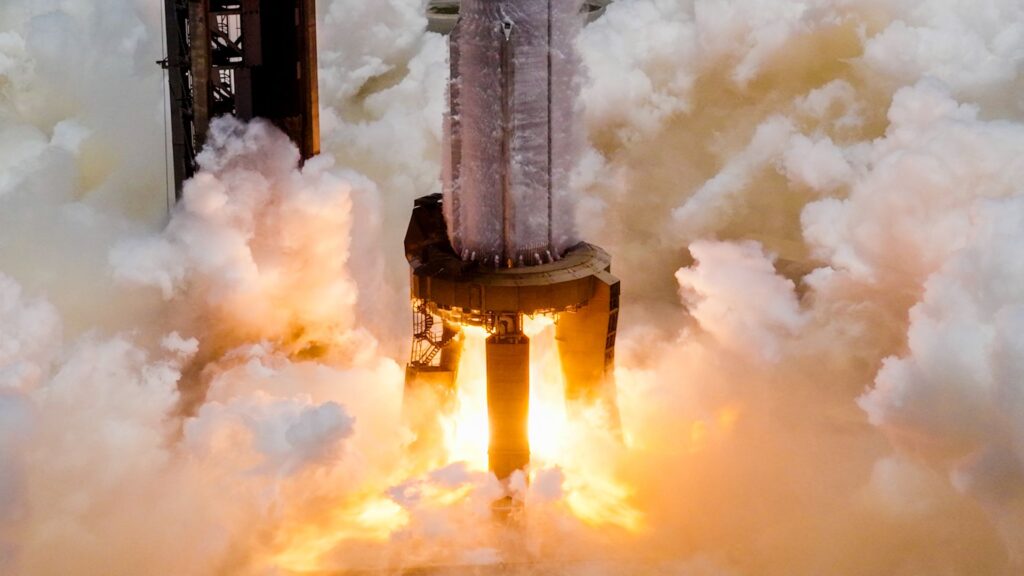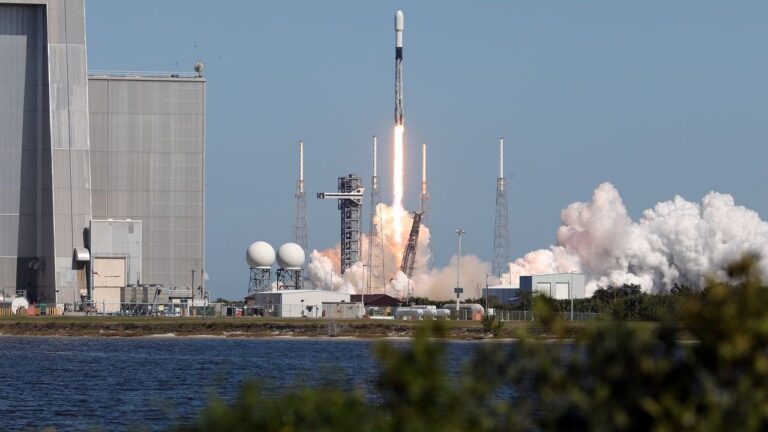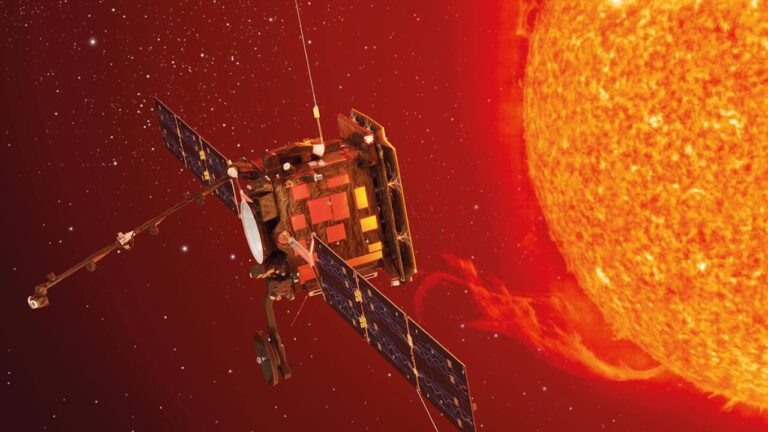
CAS Space has successfully completed a hot fire test of the first stage of its Kinetica-2 liquid-fueled rocket, marking a major milestone as the company prepares for its inaugural orbital launch later this year. The test was conducted on June 11 at the newly qualified CAS Space Liquid Propulsion Test Center in Guangzhou’s Conghua District.
The Kinetica-2, also known as Lijian-2, is a 55-meter-tall, 3.35-meter-diameter rocket that runs on kerosene and liquid oxygen. It is powered by three YF 102 engines developed by China Aerospace Science and Technology Corporation (CASC), and is designed to deliver up to 12,000 kilograms to low Earth orbit (LEO) or 7,800 kg to a 500-kilometer sun-synchronous orbit (SSO).
According to CAS Space, the test simulated a full flight mission profile, validating the integration and performance of the engine and propulsion systems along with the structural, avionics, and ground support systems. The company described the outcome as a key step toward launching Qingzhou-1, a prototype cargo spacecraft developed by the Innovation Academy for Microsatellites of the Chinese Academy of Sciences (IAMCAS).
Although earlier statements had hinted at a potential launch in September, CAS Space did not confirm a specific launch date in its latest update.
Qingzhou-1 is one of two low-cost resupply spacecraft being developed under a broader initiative by the China Manned Space Engineering Office (CMSEO) to support logistical missions to the Tiangong space station. The other vehicle, the Haolong cargo shuttle, is being prepared for launch on Landspace’s Zhuque-3 rocket.
The Kinetica-2 follows the company’s earlier success with the solid-fueled Kinetica-1 rocket. Beyond cargo missions, CAS Space plans to use Kinetica-2 to launch satellites for Chinese commercial constellations and international customers. The firm, a commercial offshoot of the Chinese Academy of Sciences, aims to position Kinetica-2 as a cost-effective and high-capacity option for satellite deployments and space station supply runs.
The hot fire test comes as competition intensifies in China’s rapidly expanding commercial space sector. Rivals Space Pioneer and Landspace are also preparing engine and stage tests for their respective next-generation rockets, Tianlong-3 and Zhuque-3. Space Pioneer is set to test the second stage of its Tianlong-3 at Haiyang spaceport following a serious engine anomaly last year, while Landspace has delivered Zhuque-3 hardware to Jiuquan spaceport for upcoming tests.
With multiple companies racing to conduct test launches, 2025 is shaping up to be a pivotal year for China’s commercial and hybrid space launch market, which is seeing increasing state and private investment.






